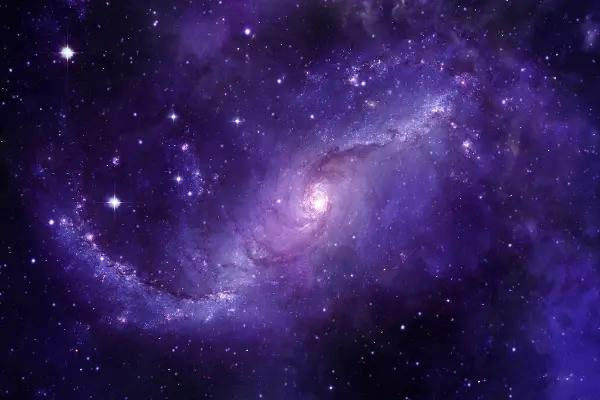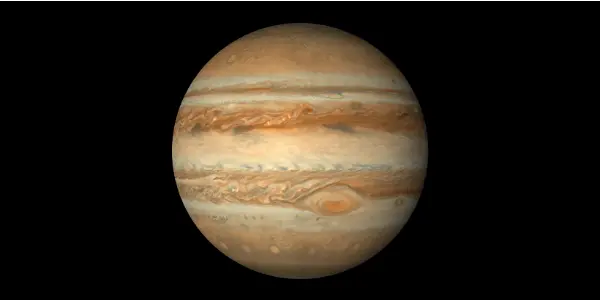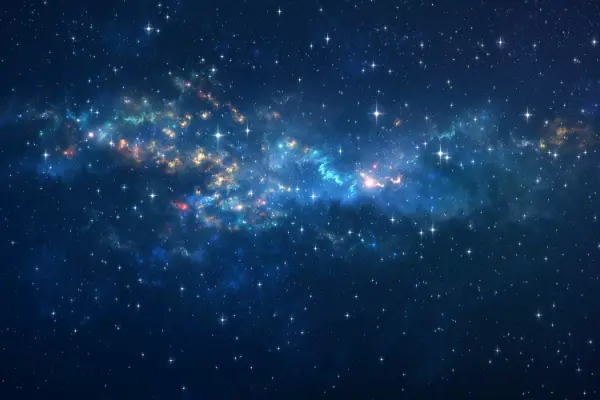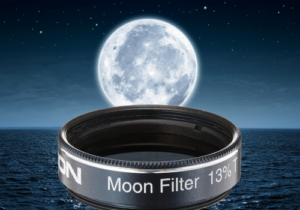The Ultimate Guide To Begin Stargazing From Your Backyard
To begin looking for objects in the heavens, you’ll need to know where north, south, east and west are. Make a note of where the sun rises (east) and sets (west), use Google maps or use the compass on your phone.
Key Takeaways:
- Download a free astronomy app like Stellarium to your phone & computer.
- Decide what you want to search for in the sky (such as star clusters, constellations, planets) and use Stellarium to find them virtually.
- Look at the moon with your naked eyes and notice the dark and light-grey patches.
- Similarly try observing the brighter planets, stars and constellations with your naked eye or with a binocular.
Now, download a free astronomy app to your phone AND computer. My favourite, for ease of use and features, is Stellarium .
Once the app is installed, set your location. This ensures that, when opened, the app indicates what is in the sky above you – wherever you live in the world.
Stellarium automatically sets the time and date but also has a function that speeds up time, so you can fast forward to night-time and explore the sky from your sofa. It’s even possible to set it to show the sky on the night you were born.
Decide what you want to search for in the sky (such as star clusters, constellations, planets) and use Stellarium to find them virtually: this will tell you which direction they lie in, and how high up in the sky to look. Sky Map (Android) and Star Walk (iPhone) are free stargazing apps and provide the names of stars, constellations and planets if you point your phone at the sky. Both have a “night view” or “red light” option, which is useful once your eyes adjust to the dark.

For stargazing from home you don’t always have to depend on apps and computers.
You can see a lot with binoculars – even a cheap pair.
Ensure your eyes are “dark adapted” by turning off lights. Your eyes will start adapting immediately and that will improve over the next 30 minutes.
If stargazing from inside through a window, ensure the area is free from clutter, turn off your lights and get comfortable.
If in a yard or garden, turn off all the lights on that side of your house and turn off any outside lights too, being careful to make sure there are no trip hazards first. Whether you live in the light-polluted city or are blessed with dark skies you’re ready.
The Moon

The moon is visible day and the night over the course of a month.
Look at the moon with your naked eyes and notice the dark and light-grey patches. Light-grey areas are mountainous highlands; the dark grey are long-dried-up lava beds called “seas” because early astronomers took them for actual seas.
If you look closely you can see a white circle (where the seven would be if the moon were a clock face) with rays of white pointing out from it. This is Tycho; a crater about as big as East Anglia. If you have any kind of binoculars – old or even toy ones – grab them and have a closer look at the moon. You’ll see more detail around the craters and seas but have a look around the edge of the moon, too, and see it’s not a perfect circle. The rough, jagged outline is because of lunar mountain ranges.
The phase of the moon changes daily. The phase is how much of the moon is visible from Earth – full, half and crescent, for example.
The line between the light and dark side of the moon is called the terminator. Each night, look closely at the terminator and you’ll see different craters, valleys and mountain ranges as the line slowly moves across the surface.
The Planets

In the evening, Venus is a bright dot in the west. It shines brightly because the thick clouds that shroud it are reflecting sunlight towards us. If you’ve got binoculars to hand, or a small telescope, notice that Venus isn’t a perfect circle either – it has phases just like the moon.
In the east on pre-dawn mornings throughout April and May, Jupiter, Saturn and Mars line up as three incredibly bright colourful dots. They’re all visible with the naked eye, though with binoculars Mars will look salmon pink, Saturn oval-shaped (because of the rings) and you may even see some of Jupiter’s moons.
Related
Constellations and stars

Constellations are official patterns of stars, and you’ll be familiar with some names and patterns. During April, Orion will be visible in the west after sunset.
Recognisable by the three stars in a row that form his belt, this is one of my favourites because hanging from his belt is a “sword” containing another three stars and the middle “star” is a naked-eye visible nebula where baby stars are being born.
Look at this with binoculars and you may spot a blurry smudge that some see as coloured turquoise.
Look north for the Plough (often called the Big Dipper). The second star on the “handle” of the Plough is a naked-eye double star.
Look closely or use binoculars and you’ll be able to see them clearly even with high light pollution.
Webcams & Online Observing
Even when it’s cloudy you can explore the universe. Here are some useful links:
- Aurora Borealis: liveauroranetwork.com
- ISS Live Stream: ustream.tv/channel/live-iss-stream+
- Robotic telescope service Slooh does live streams and has a back catalogue of videos to watch on YouTube. For a small fee you can take control of one of its remote telescopes.
There are also several live all-sky cameras and telescopes. Some are more reliable than others: allskycam.com; eso.org; telescope.org
ABOUT US
We are a team of active amateur astronomers, here to help you with all your astronomy and science related needs – this is anything, from reviewing the latest telescopes to be released to talking about gravity and neurons. The Big Bang Optics was started because of our love for astronomy and to help others like us find the best telescope and accessories.
LEGAL DISCLAIMER
The Big Bang Optics is a participant in the Amazon Services LLC Associates Program, an affiliate advertising program designed to provide a means for sites to earn advertising fees by advertising and linking to Amazon.com. The Big Bang Optics also participates in affiliate programs with Clickbank and other sites. The Big Bang Optics is compensated for referring traffic and business to these companies.




